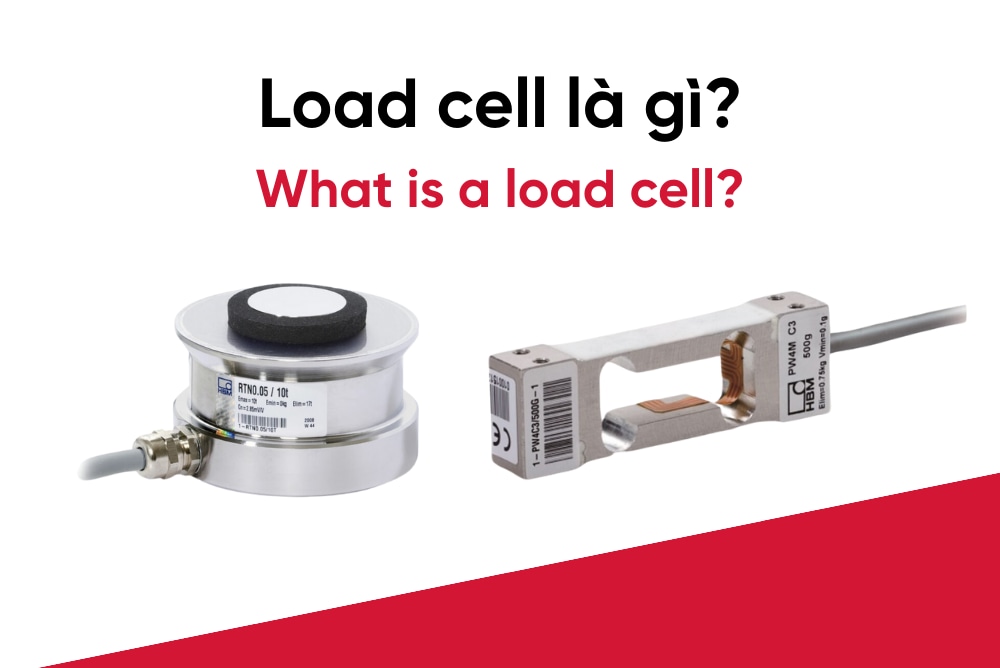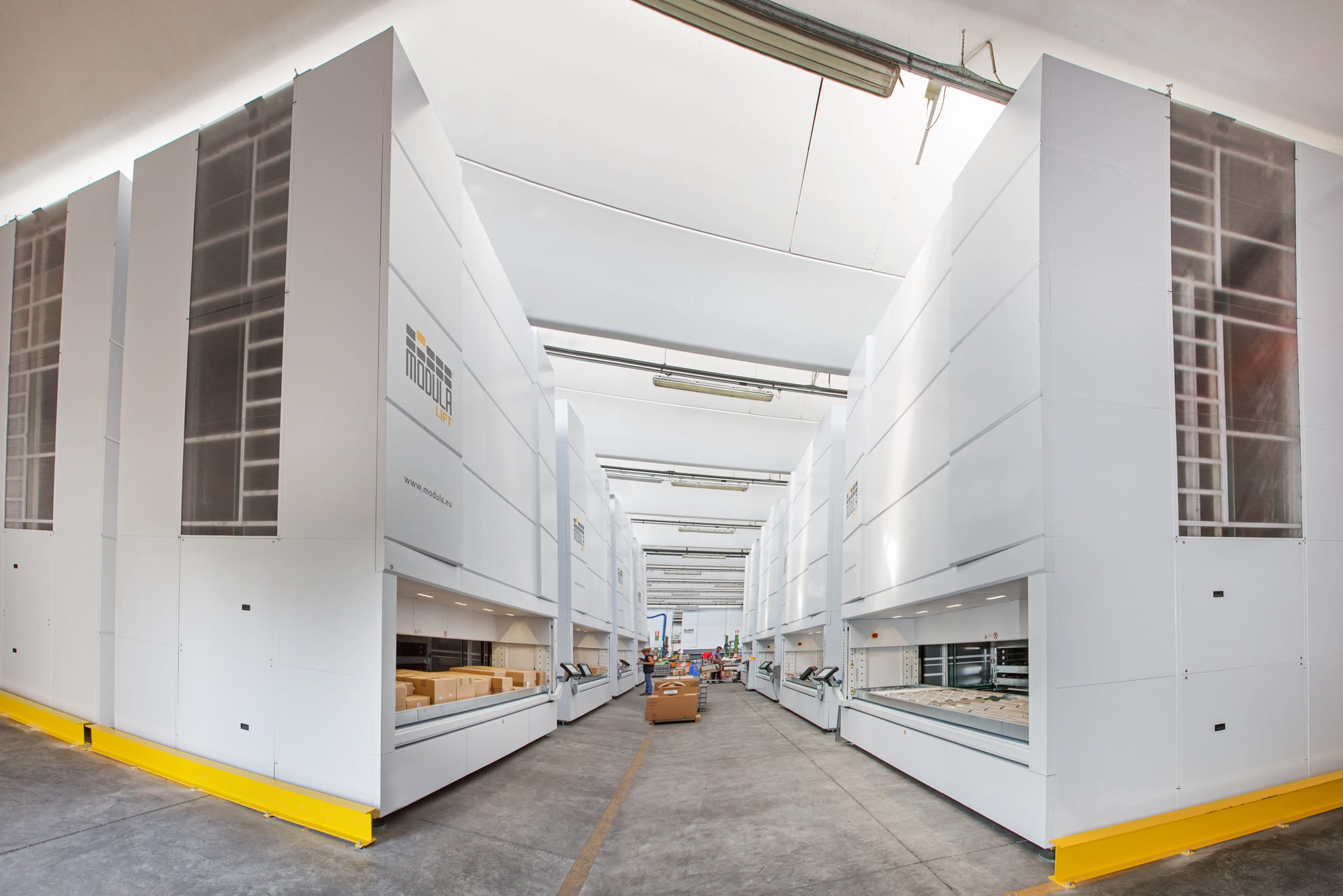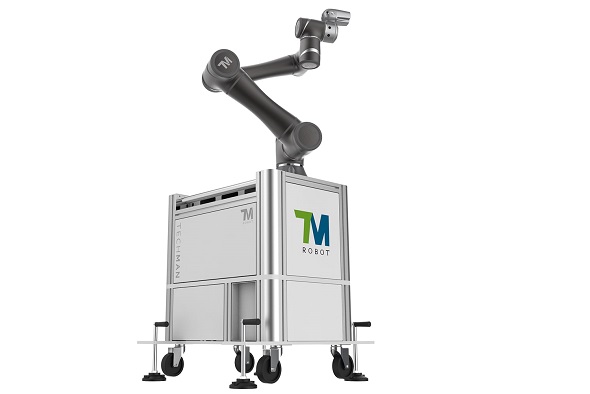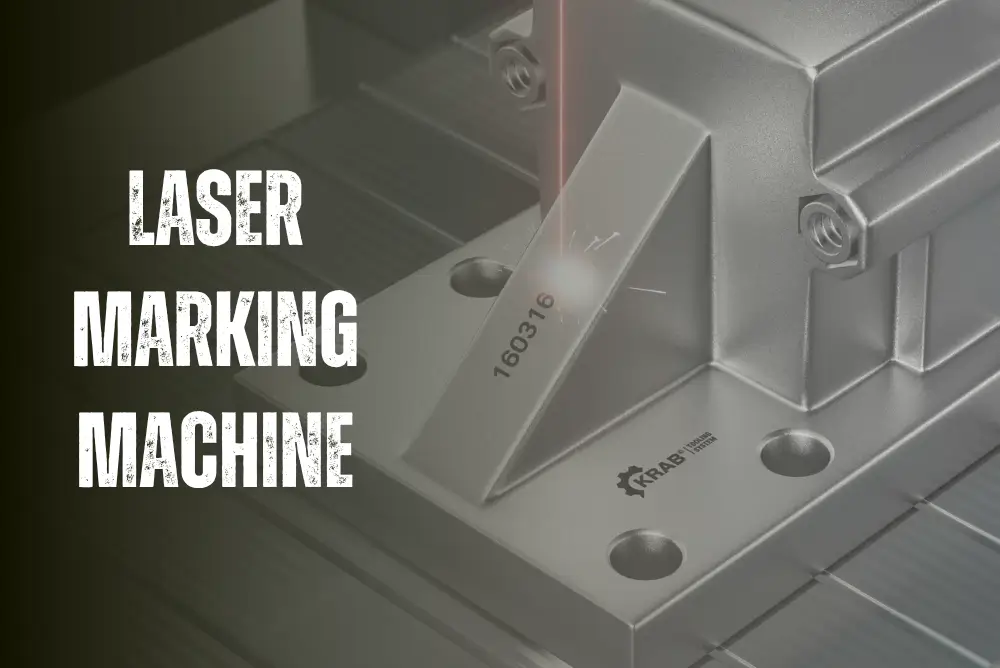Automation is becoming increasingly important in many industrial sectors, and load cells are indispensable components for measuring and controlling loads and masses. This article will clarify the concept of load cells and three common classifications available in the current market.
What is a Load cell?
According to a synthesis of definitions from various sources by Temas, a load cell is a type of sensor that converts applied load or force into a corresponding electrical signal. This technology finds widespread application in load measurement and control systems across industrial and automation applications.
Load cell
Due to their flexibility and high precision, load cells play a crucial role in measuring and controlling loads and forces in various industrial applications, from electronic scales to overhead crane systems, providing accurate and reliable load information to support decision-making in automation processes.
Structure and Operating Principle of load cell
Structure of load cell
Load cells typically consist of mechanical components and sensors, often made from highly elastic materials such as steel alloys, aluminum, or titanium alloys.
- Mechanical Components: Load cells include steel beams or mechanical sensors designed to withstand force and convert it into mechanical deformation.
- Sensors: These sensors convert mechanical deformation into electrical signals. Resistive sensors, capacitive sensors, or pressure sensors can be used to detect this deformation.
Operating Principle of Load Cells
- Mechanical Transformation: When subjected to a load or force, the mechanical structure inside the load cell undergoes mechanical deformation, such as expansion or deformation.
- Conversion to Electrical Signal: This mechanical deformation affects the sensors within the load cell, causing changes in resistance, capacitance, or pressure parameters. Sensors detect and convert these changes into corresponding electrical signals.
- Processing and Measurement: These electrical signals are then processed and measured through microprocessors or electronic systems to convert them into load information, providing accurate and reliable data.
A critical aspect of the load cell's operating principle is its ability to accurately convert mechanical deformation into electrical signals. This requires both mechanical structure flexibility to withstand loads and precise, reliable sensors to detect these changes. The combination of mechanical and electronic factors makes load cells a crucial technology in measuring and controlling loads in industrial automation.
Specifications of load cells
|
Rated Capacity |
This is the maximum value a load cell can endure without compromising measurement accuracy and reliability. It is typically measured in units such as kg, lb, or N (Newton) and can range from a few kilograms to hundreds of tons. |
|
Safe overload |
Safe overload refers to the maximum load that a load cell can exceed temporarily without causing damage or affecting its accuracy. |
|
Repeatability |
Repeatability indicates the load cell's ability to reproduce measurement results when the same load is applied multiple times. It reflects the stability and reliability of the load cell during measurements. |
|
Temperature Range |
Load cells often operate in varying temperature conditions. This specification denotes the range of temperatures within which the load cell can operate without compromising its functionality and accuracy. |
|
Deflection at rated |
This is the allowable deformation or displacement per the rated capacity range, indicating the maximum deformation allowed for each load cell. |
|
Output Type |
Load cells come with various signal output types, including analog (voltage or current), digital (data transmission protocols like RS-232, RS-485, Modbus), or other communication protocols. |
|
Certifications & Standards |
Load cells may comply with international standards or specific certifications such as CE, RoHS, OIML, NTEP, and other safety and quality standards. |
3 Common Classifications of Load Cells
Based on the Operating Principle
- Mechanical Load Cells: These use the principle of mechanical deformation to convert load into electrical signals. Types include tension load cells, compression load cells, and beam load cells. They operate based on the deformation of their mechanical structure when load is applied.
- Electronic Load Cells: These employ electronic sensors such as resistive, capacitive, or pressure sensors to convert load into electrical signals. They are typically compact, offer high accuracy, and are less affected by environmental conditions.
Based on the Mechanical Structure
- Compression Load cell: Often used for measuring compressive loads or forces. They typically have cylindrical or spherical shapes.
- Tension Load cell: Used for measuring tensile loads or forces. They are often designed as rod or cable structures.
- Shear Load cell: Used for measuring loads where the force is applied in a shear direction. Their structure is designed to withstand shear forces without excessive deformation.
Based on Application
- Force Measurement Load Cells: Designed to measure forces (tension, compression) accurately in demanding industrial environments, typically using units like Newtons (N).
- Weight Measurement Load Cells: Also known as weighing load cells, used in applications where measuring the weight of objects is required, such as electronic scales or product weight checking. They measure weight typically in kilograms (kg).
Application of load cells
Load cells have diverse and crucial applications across various fields, from manufacturing industries to healthcare and beyond:
Automation and Robotics
Load cells are integrated into automated devices and robots to control forces and apply necessary pressures during manufacturing processes or specific tasks. They ensure quality enhancement and data monitoring throughout operations, particularly vital in Industry 4.0 for data collection and supervision.
Electronic and Industrial Weighing Scales
Load cells play a vital role in both general weighing systems and specifically in automated scales. They are used in light industries such as confectionery, dairy, food, and daily necessities manufacturing, as well as heavy industries like mining and cement production. Load cells are employed in electronic scales to measure the weight of goods during production, transportation, or packaging processes.
Crane Systems and Material Handling
Integrated into crane systems and lifting devices, load cells measure and control loads to ensure safety and accuracy during lifting and transportation of goods.
Material Strength Testing
In construction materials and material testing fields, load cells are used to measure the strength, elasticity, and physical properties of materials such as concrete, metals, and wood.
The applications of load cells are extensive and varied, playing a crucial role in measuring and controlling loads or forces in various fields of automation and industry.
Customers seeking products for force measurement and control with load cells and specialized controllers can refer to Temas. With a skilled team of engineers, extensive experience, and longstanding partnerships with major players like Unipulse in the industry, Temas confidently provides optimal solutions at reasonable costs for each specific application.


 Read more
Read more



